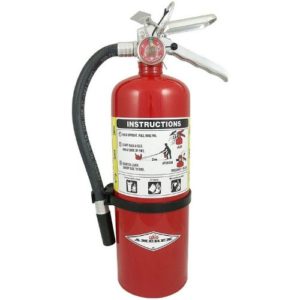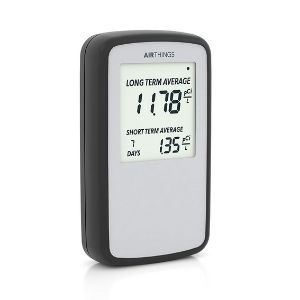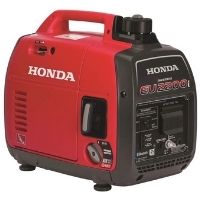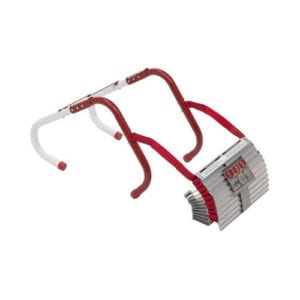The heart of the home, kitchens are also the most common spot in the house for fires to start.2 Specifically, unattended cooking is the leading cause of kitchen fires and fire-related injuries.3
These man-made fires are also easily preventable: Keep an eye on the stove, oven, and other appliances like toaster ovens, and move combustible items away from the stove. Never leave the kitchen when you’re working with high heat during preparations like frying, boiling, or broiling—fires need only seconds to go from a small flame to an out-of-control blaze.
A few more tips for safe cooking:
- If someone else can’t watch things while you step away for a bathroom break or to help the kids, turn off the cooking appliance while you’re in the other room.
- Turn off the stove and all appliances once you’re done cooking.
- Keep everything off hot surfaces. Pay close attention to where you set dish towels or hot pads. Designate a spot, like a hook, to practice putting them back between each use.
- Roll up baggy sleeves or wear a securely fastened apron over billowy shirts or bottoms to prevent singeing.
- Keep drip pans clean—accumulated debris can catch fire.
- Do not heat your home with your oven.
- Keep a Class B fire extinguisher handy in case of fire. Water will only spread oil or grease and feed the flames.









